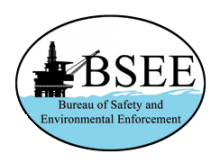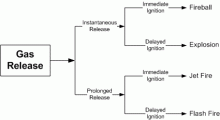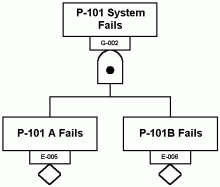
Credit: Shutterstock
Risk analysis and management lie at the heart of any effective safety management program. Given the enormous number of hazards that exist in any energy or process facility, it is vital to develop a program for understanding which of those risk are the most critical. The articles and safety moments shown below provide guidance on this important topic. There is a near-infinite number of events that can occur — some method is needed for understanding how each of them contributes to overall risk.
Articles, safety moments and other publications to do with the analysis and management of risk are provided below.
Copyright © Ian Sutton. 2020. All Rights Reserved.
Safety Moment #102: ALARP and Acceptable Risk

Fundamentally risk is subjective; it is not possible to define what level of risk is acceptable dispassionately and objectively. Any two risk scenarios are inherently different from one another due to people’s inherent understanding and acceptance of different types of risk, their emotions, memories, hopes and fears.
Safety Moment #62: From Complicated to Complex
In any performance-based program such as process safety, the work is never finished — there is always room for improvement.
In practice, most of the developments in techniques for improving safety analysis are improvements of existing programs or techniques. For example, the hazards analysis technique LOPA (Layers of Protection Analysis) has seen widespread application in recent years. Yet it is basically a development of the well-established Fault Tree and Event Tree techniques.
Safety Moment #60: Risk Perception
The material in this article to do with risk perception is taken from the book Process Risk and Reliability Management.
Risk perception is fundamentally a subjective matter; no matter how hard analysts strive to make the topic objective the fact remains that, as Oscar Wilde (1854-1900) once said, A truth ceases to be a truth as soon as two people perceive it.
The Chemical Safety Board
The Chemical Safety Board (CSB) conducts investigations into serious incidents that occur in the chemical and process industries. The following quotation is taken from the web site of the United States Chemical Safety Board.
The CSB is an independent federal agency charged with investigating industrial chemical accidents. Headquartered in Washington, DC, the agency's board members are appointed by the President and confirmed by the Senate.
Lowest Level of Risk (BSEE)
Overview (BSEE Risk)
As part of its Well Control Rule BSEE appears to have made a major change in the manner in which offshore risk is to be managed. Section 250.107(a)(3) states,
[y]ou must protect health, safety, property and the environment by utilizing recognized engineering practices that reduce risks to the lowest level practicable when conducting design, fabrication, installation, operation, inspection, repair, and maintenance activities.
Event Tree Analysis
Overview
Event Tree Analysis (ETA) uses the same logical and mathematical techniques as Fault Tree Analysis. However, whereas a fault tree analyzes how an undesirable top event may occur, an event tree considers the impact of the failure of a particular component or item in the system, and works out the effect such a failure will have on the overall system risk or reliability. Event trees use an inductive approach, whereas fault trees are deductive. Event trees were developed for the nuclear industry. They are much less widely used in the process industries.
Fault Tree Analysis
The content of this Article has been moved to Safety Moment #94: Fault Tree Analysis.





